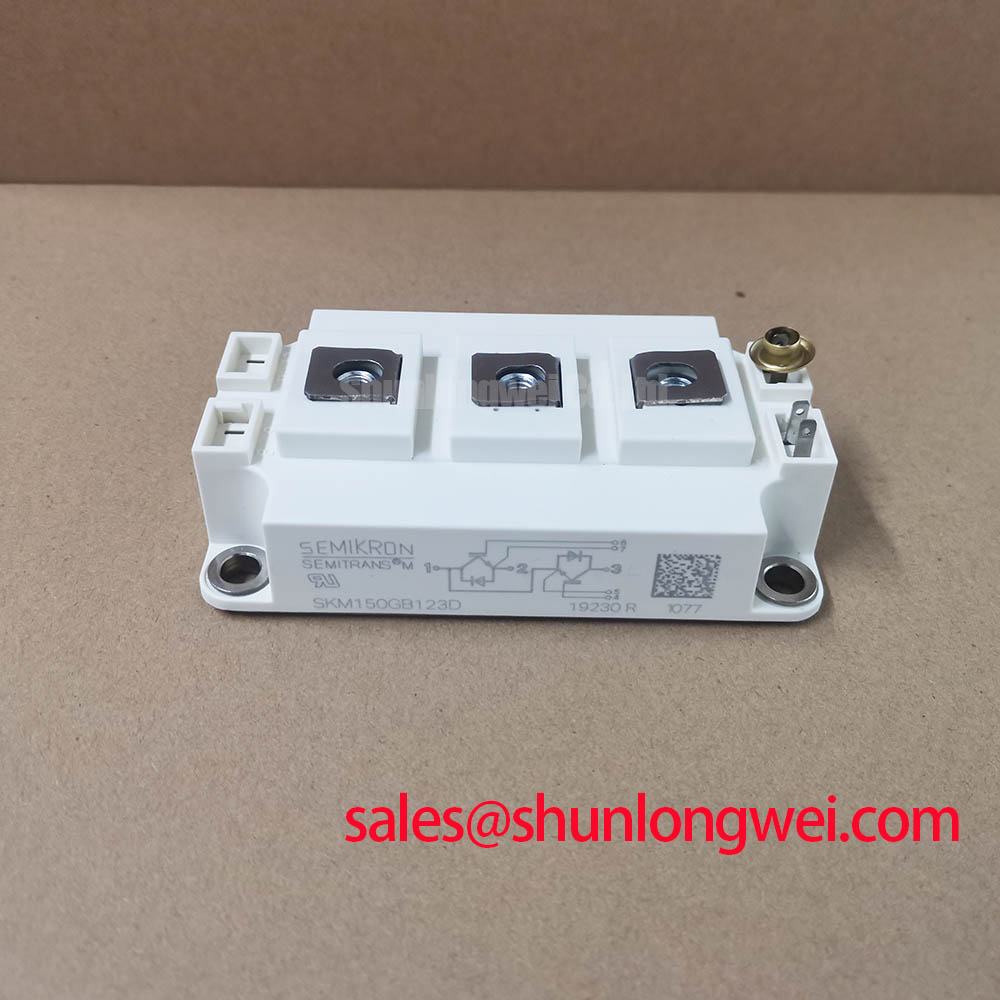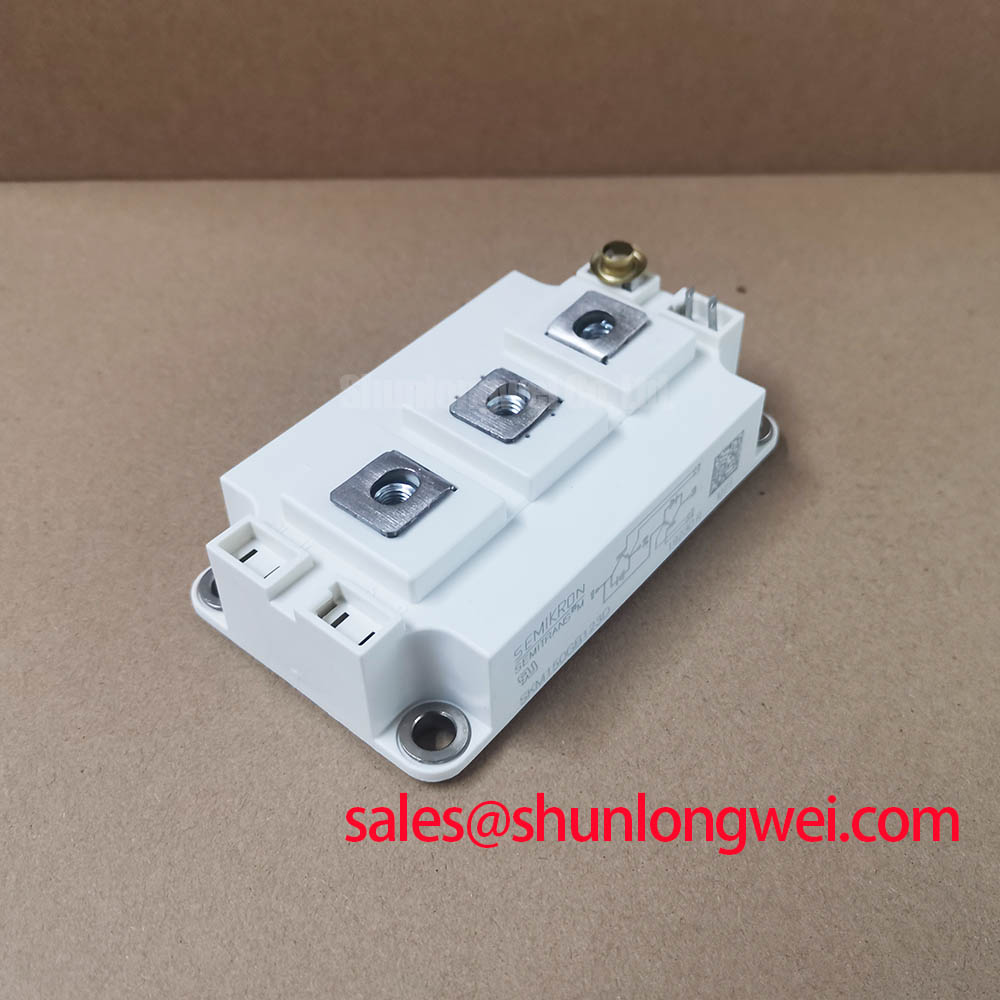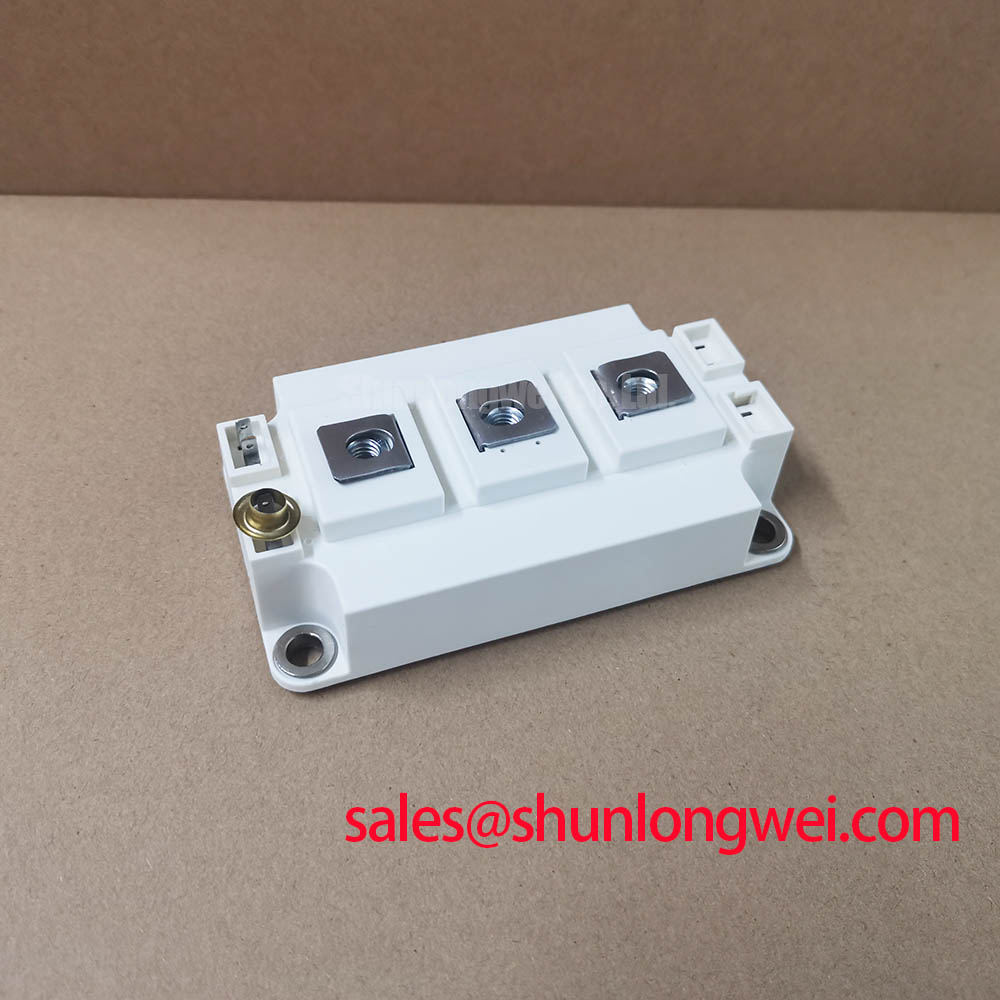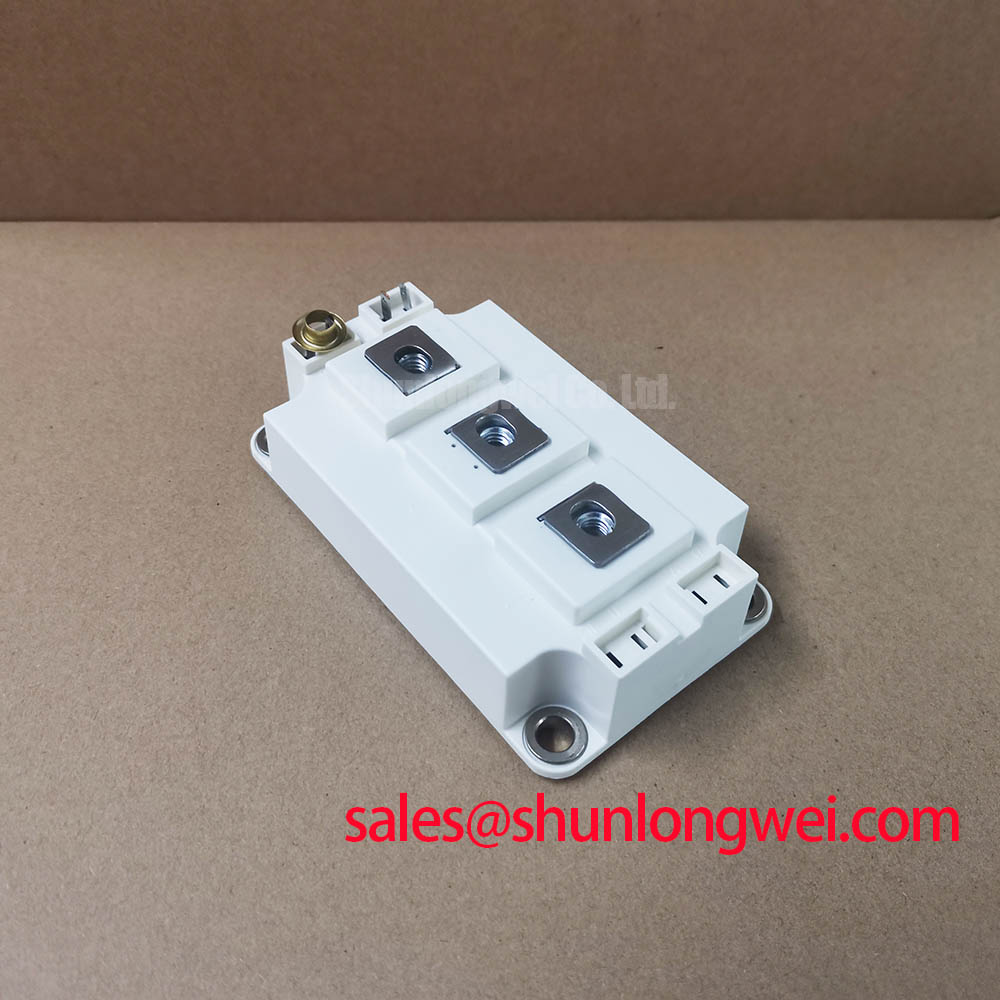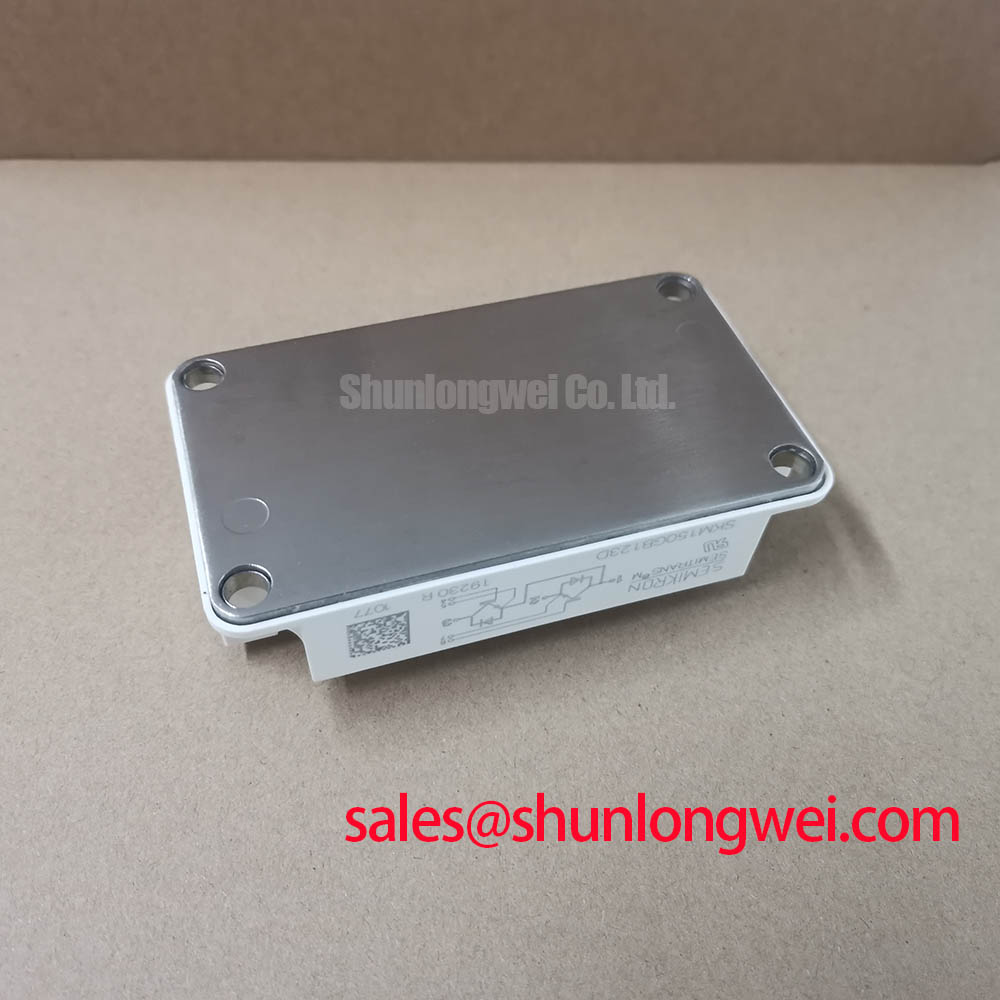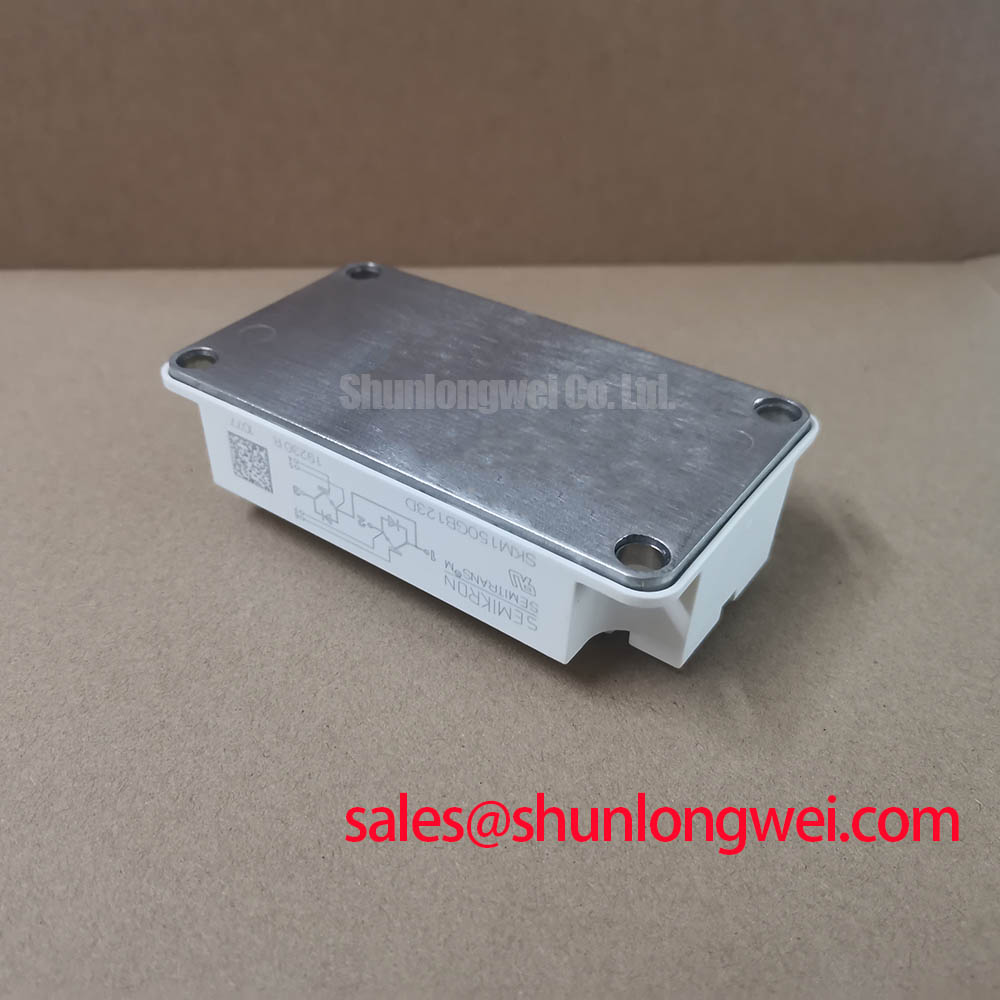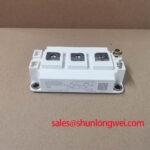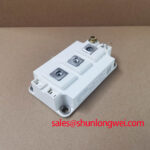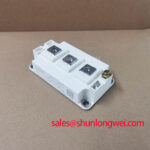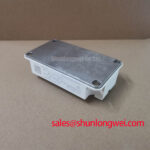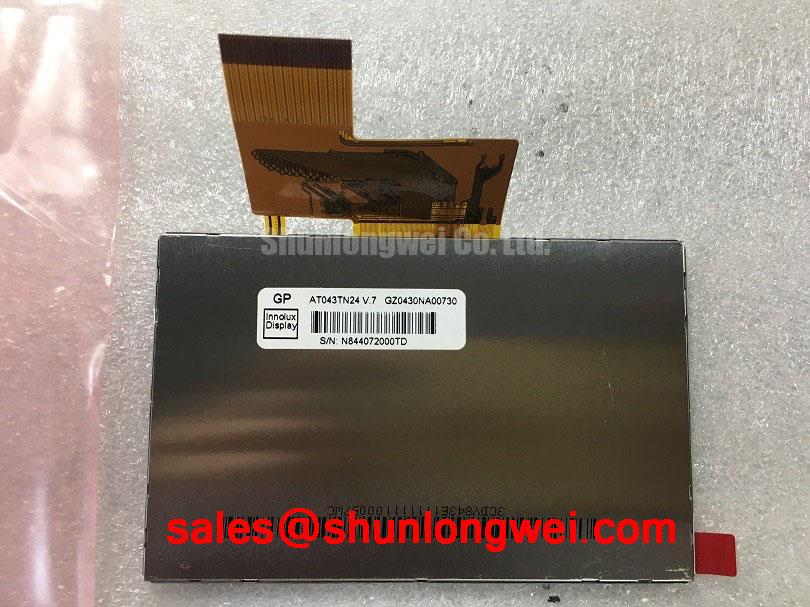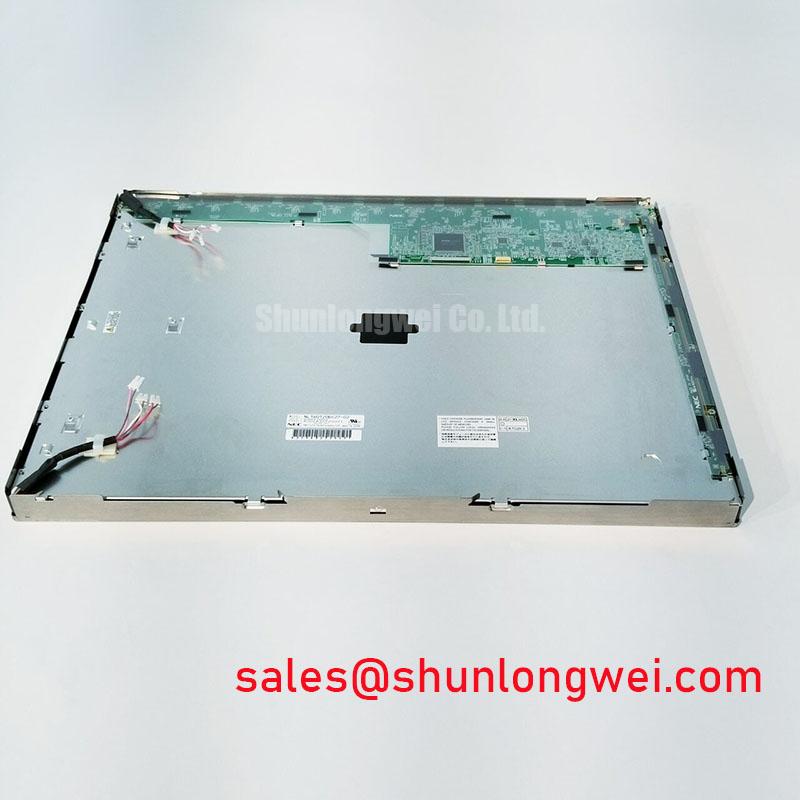SKM150GB123D: A Deep Dive into SEMIKRON's 1200V Half-Bridge IGBT Module
Delivering Robust Power Conversion Through Advanced Thermal and Electrical Design
The SEMIKRON SKM150GB123D is a half-bridge IGBT module engineered for high-reliability power switching applications. It provides a robust solution centered on thermal stability and electrical ruggedness, featuring key specifications of 1200V VCES and 150A nominal collector current. Core advantages include its high short-circuit capability and the use of fast, soft inverse CAL diodes. For engineers designing high-power AC inverter drives or uninterruptible power supplies, a critical question is how to ensure both efficiency and long-term operational resilience. The SKM150GB123D directly addresses this by integrating an isolated copper baseplate with Direct Copper Bonding (DCB) technology, which significantly enhances thermal transfer and cycling capability. With its proven design and comprehensive safety features, this module is an optimal choice for industrial drives and UPS systems requiring dependable performance under demanding load conditions.
Application Scenarios & Value
System-Level Benefits in Industrial Drives and Power Supplies
The SKM150GB123D is engineered to deliver high performance and reliability in demanding power conversion systems. Its architecture is particularly well-suited for applications where efficient and robust power switching is paramount. The combination of a 1200V blocking voltage and a 150A current rating makes it a strong candidate for the core switching element in three-phase industrial motor drives, enabling precise control and high efficiency in factory automation, pumps, and conveyor systems. What is the primary benefit of its CAL diode technology? It ensures fast and soft switching, which minimizes electromagnetic interference (EMI) and reduces the need for extensive external snubber circuits.
In the realm of UPS (Uninterruptible Power Supply) systems, the module's high short-circuit capability and latch-up free operation are critical for maintaining system integrity during fault conditions. The datasheet specifies a self-limiting short circuit current of up to six times the nominal current, providing a crucial safety margin. Furthermore, the isolated copper baseplate utilizing DCB technology not only ensures excellent electrical isolation but also provides a low thermal resistance path, simplifying Thermal Management and improving overall system longevity. For systems that demand higher current handling while maintaining a similar voltage class, the SKM300GA123D offers a direct upgrade path within the SEMITRANS family.
Key Parameter Overview
Decoding the Specs for Enhanced Thermal and Electrical Reliability
The SKM150GB123D's performance is defined by a set of parameters carefully balanced for industrial applications. Understanding these specifications is key to leveraging the module's full potential. The Collector-Emitter Saturation Voltage (VCE(sat)) is a crucial metric for efficiency, with a typical value of 2.5V at 100A and 25°C. This relatively low on-state voltage directly translates to lower conduction losses. Think of VCE(sat) as the "friction" the current experiences while flowing through the switch; lower friction means less energy wasted as heat, which is a decisive factor in the overall efficiency of an inverter.
The thermal resistance from junction to case (Rth(j-c)) for each IGBT is specified at 0.15 K/W, a testament to the effectiveness of the DCB baseplate. This value dictates how efficiently heat generated within the silicon can be evacuated to a heatsink. A lower Rth(j-c) is like having a wider pipe to drain heat away, allowing the device to run cooler under heavy loads or enabling higher power density in a compact design. This superior thermal performance is a cornerstone of the module's reliability.
| Key Electrical and Thermal Specifications | ||
|---|---|---|
| Parameter | Value | Conditions |
| Max Collector-Emitter Voltage (VCES) | 1200 V | - |
| Continuous Collector Current (IC) | 150 A | Tc = 25°C |
| Collector-Emitter Saturation Voltage (VCE(sat)), typ. | 2.5 V | IC = 100 A, VGE = 15 V, Tj = 25°C |
| Gate-Emitter Threshold Voltage (VGE(th)) | 4.5V min, 6.5V max | IC = 4 mA, VCE = VGE |
| Thermal Resistance, Junction-to-Case (Rth(j-c)) per IGBT | 0.15 K/W | - |
| Total Power Dissipation (Ptot) per IGBT | 830 W | Tc = 25°C |
| Max Junction Temperature (Tj) | 150°C | - |
Download the SKM150GB123D datasheet for detailed specifications and performance curves.
Technical Deep Dive
A Closer Look at the Reliability-Centric Design Features
Beyond the primary ratings, the design philosophy of the SKM150GB123D prioritizes long-term operational stability. A key feature is the inclusion of "Fast & soft inverse CAL diodes." CAL (Controlled Axial Lifetime) technology is a Semikron innovation that optimizes the diode's recovery characteristics. This results in a "soft" recovery, meaning it avoids abrupt current changes that can cause voltage overshoots and ringing—common sources of EMI and stress on other components. This is akin to a car's suspension system smoothly absorbing a bump rather than jolting the entire frame.
Another critical design choice is the physical layout, which provides large clearance (12 mm) and creepage distances (20 mm). These dimensions are vital in high-voltage applications to prevent arcing and ensure compliance with industrial safety standards. This generous spacing provides a robust barrier against electrical breakdown, especially in environments prone to dust or humidity, directly contributing to the module's safety and reliability profile in harsh industrial settings.
Frequently Asked Questions (FAQ)
What does the 'GB' in SKM150GB123D signify?
The 'GB' designation within the SEMITRANS module family typically indicates a standard half-bridge (dual IGBT) configuration. The datasheet also lists 'GAL' and 'GAR' versions, which feature different freewheeling diodes optimized for specific applications.
Is the SKM150GB123D suitable for high-frequency switching?
While primarily designed for robust performance in applications like motor drives, the module is suitable for switching frequencies up to 12kHz. Its switching characteristics, including typical turn-on (td(on)) of 160 ns and turn-off (td(off)) of 400 ns at 125°C, allow for efficient operation in this range, though total switching losses should be carefully calculated for the specific application.
What is the benefit of the isolated copper baseplate?
The isolated copper baseplate provides two key advantages. First, it offers high dielectric strength for safe isolation from the heatsink. Second, copper's excellent thermal conductivity, combined with DCB technology, creates a highly effective and reliable thermal path to dissipate heat, improving the module's power cycling capability and overall lifespan.
Can the SKM150GB123D handle short-circuit events?
Yes, the module features high short-circuit capability. The datasheet specifies it is self-limiting to six times the nominal current (6 x Icnom), providing a critical window for protection circuits to react and prevent catastrophic failure.
Strategic Considerations for Power System Design
Integrating the SKM150GB123D into a power system design offers a strategic advantage rooted in reliability and proven technology. Its robust thermal architecture and built-in protection features reduce the design overhead associated with managing fault conditions and thermal stress. The use of DCB technology and CAL diodes reflects a design choice that prioritizes operational lifetime and system-level resilience over pushing for the absolute lowest switching losses, which might be found in more recent, specialized technologies. This makes the module a cost-effective and dependable workhorse for mainstream industrial applications where uptime and durability are the primary engineering goals.

